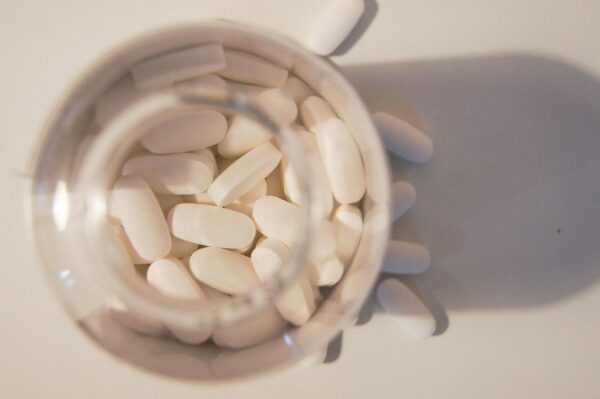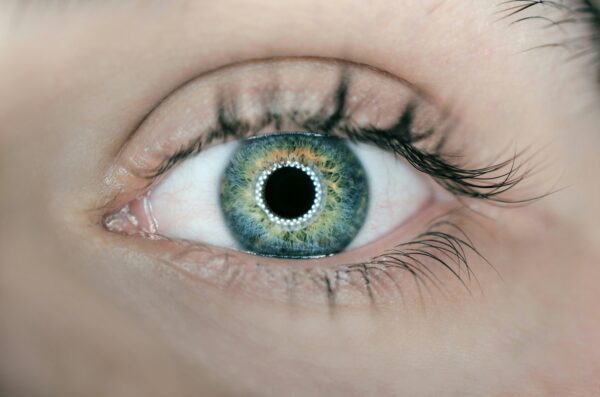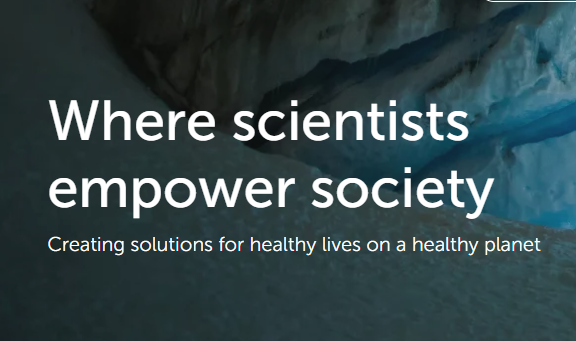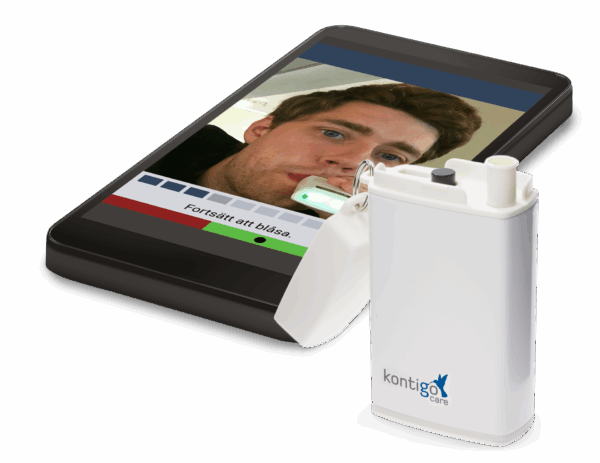Research for the Future of Addiction Care
Our research is conducted in collaboration with various academic institutions and published in peer-reviewed scientific journals, where independent in-depth review takes place before publication.

Addiction Care where Science, Innovation and Client Benefit Meet
Studies on Previct Alcohol show both improved treatment outcomes and clear health economic benefits, with fewer care days, increased client engagement and lower costs. The independent international review in Alcohol and Alcoholism shows that Previct Care is the platform that has advanced furthest in scientific evidence regarding clinical contexts within digital addiction care.
At the same time, research shows that Previct Drugs can indicate substance use through smartphone-based eye scanning and thereby provide healthcare with new opportunities for early detection.
Previct Care: With scientific precision and user-friendliness, healthcare is provided with a completely new tool for early detection and support in the treatment of substance use.
Research Overview: Previct® Alcohol
There are several published studies on Previct Alcohol and its role in addiction care. Here we highlight the most important contributions that together demonstrate both clinical benefit and health economic effects. Through analysis of long-term eHealth data, improved treatment effectiveness is shown. Digital biomarkers can provide a more precise and dynamic picture of disease progression in alcohol dependence than traditional self-reports, which strengthens healthcare’s opportunities for early detection and tailored interventions.
Much of the research on Previct Alcohol is general and based on the patient regularly performing sobriety tests, engaging through questionnaires and being able to communicate through messages and help buttons. Therefore, many conclusions can be transferred to all of Kontigo’s products.
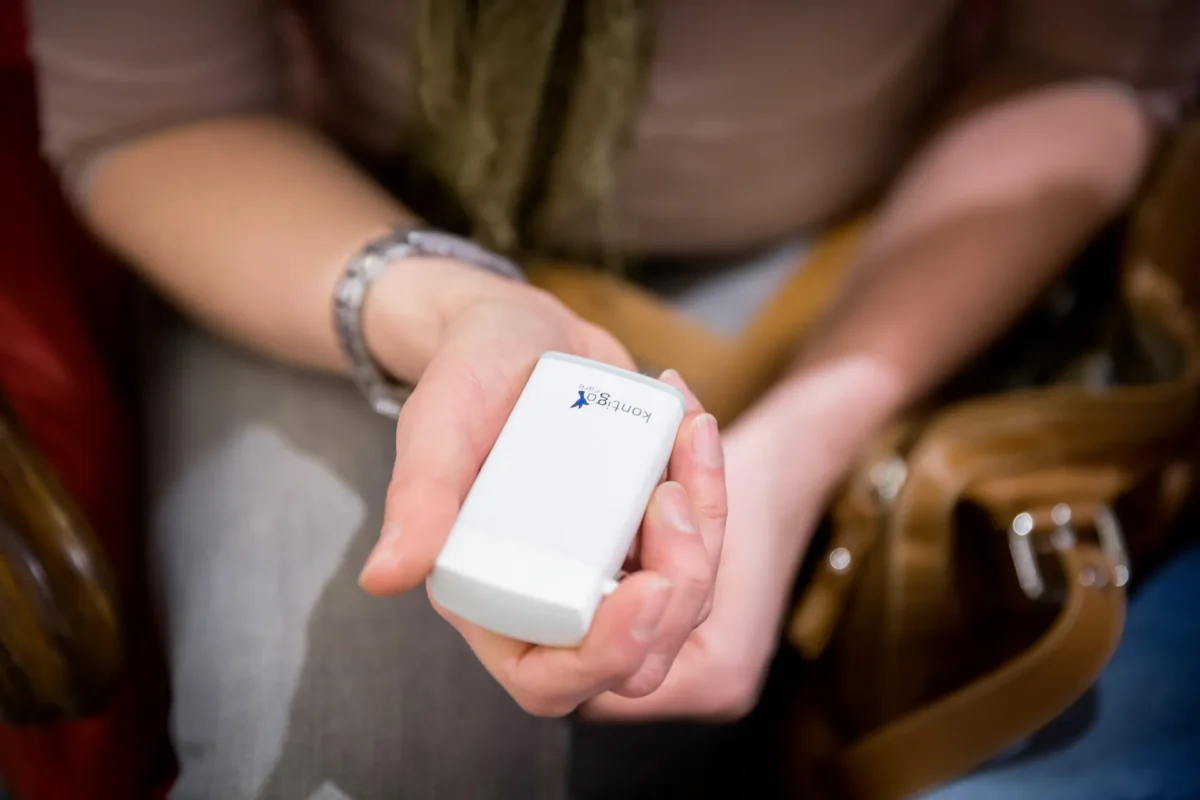

Overview of Previct® Drugs
Previct Drugs is a CE-marked medical device (MDR class I) that uses smartphone-based eye scanning to detect drug use in real time. The product is based on three tests – pupillary light reflex (PLR), cross eyes (NC) and lateral gaze, nystagmus (NY) – where AI models interpret patterns in the eyes’ reactions. Unlike traditional tests (blood, urine, saliva), the method is fast, non-invasive and possible to perform several times per day indoors regardless of location.
Research shows that even individuals with heavy drug abuse can use Previct Care independently after brief training. Previct Drugs can distinguish between different drug classes, for example opioids and central stimulants, and indicate impairment up to five hours after intake. Pilot use in healthcare also shows that the system reduces stigma, strengthens the patient’s self-control and makes it easier for healthcare providers to detect relapse in time.
Summary of Studies
Our research shows that
• Digital tools and biomarkers can improve the quality of addiction care.
• Improved treatment effectiveness is achieved
• Even incomplete survey responses can be converted into valuable biomarkers.
• Digital biomarkers provide a more precise and dynamic picture of disease progression in alcohol dependence than traditional self-reports, which strengthens healthcare’s opportunities for early detection and tailored interventions.
• Drug use can be indicated through smartphone-based eye analysis.
Together, these findings show how digital health and biomarkers can transform the treatment of alcohol and drug dependence, making care more effective, adaptable and client-centered.



